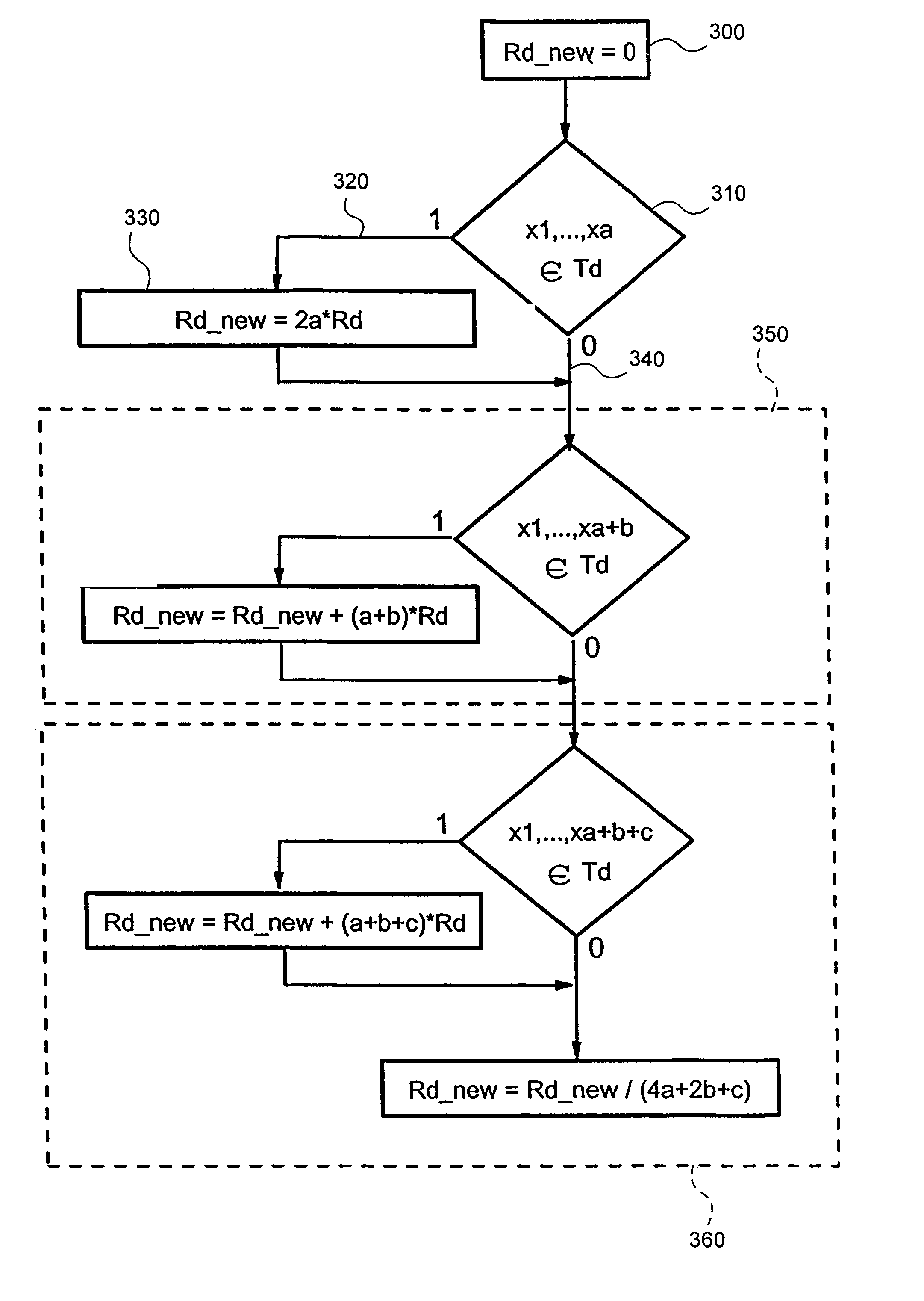Method and system of weighted context feedback for result improvement in information retrieval
- Summary
- Abstract
- Description
- Claims
- Application Information
AI Technical Summary
Benefits of technology
Problems solved by technology
Method used
Image
Examples
Embodiment Construction
[0037]Referring to FIG. 1, a combined block and flow diagram is depicted which shows a typical search with weighted context feedback by lexical affinities. The scenario described in the following assumes that it is accepted to start a search with rather unprecise search terms and to try to structure the huge amount of returned data according to context information.
[0038]A user 100 starts a search by entering search term(s). The search term(s) is (are) transferred to a search engine 110 which generates a result set 120 ranked by the search term(s). The search engine 110, in parallel, automatically retrieves context information 130 from returned result set 120 which is related 140 to the original set of documents. The context information, in a preferred embodiment, is based on lexical affinities which will be discussed in more detail later.
[0039]The search engine 110 presents (displays) 150 the context information 130 to the user 100 and asks for a feedback. The user 100 performs a we...
PUM
 Login to View More
Login to View More Abstract
Description
Claims
Application Information
 Login to View More
Login to View More - R&D
- Intellectual Property
- Life Sciences
- Materials
- Tech Scout
- Unparalleled Data Quality
- Higher Quality Content
- 60% Fewer Hallucinations
Browse by: Latest US Patents, China's latest patents, Technical Efficacy Thesaurus, Application Domain, Technology Topic, Popular Technical Reports.
© 2025 PatSnap. All rights reserved.Legal|Privacy policy|Modern Slavery Act Transparency Statement|Sitemap|About US| Contact US: help@patsnap.com



